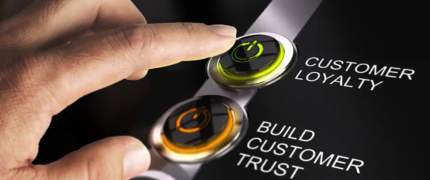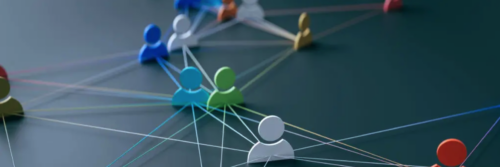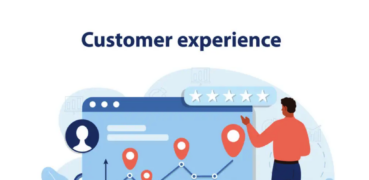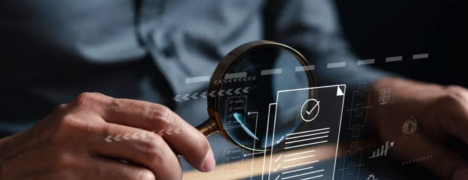How to Build Product-Led Growth (PLG) Features Into a SaaS Startup From the Beginning
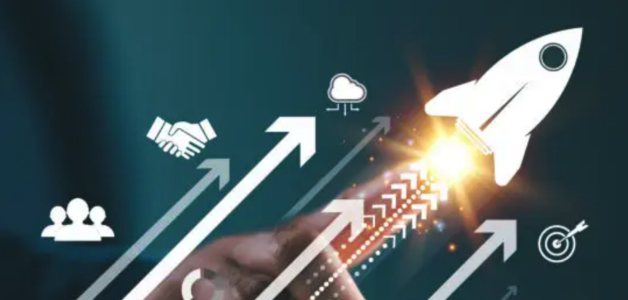
Product-Led Growth (PLG) is an increasingly popular go-to-market strategy for SaaS startups, where the product itself becomes the primary driver of user acquisition, conversion, and expansion. In PLG, your product does the heavy lifting in terms of attracting, engaging, and retaining customers. To succeed in this model, a SaaS startup needs to bake PLG features into its product right from the start.
Here’s a detailed breakdown of how a SaaS startup should approach building PLG features into their product from the beginning:
1. Understanding Product-Led Growth
Before building out PLG features, it’s essential to understand what Product-Led Growth really means. In a PLG model:
- The product is designed to provide immediate value to users without requiring them to go through a sales funnel.
- Users can self-onboard and start experiencing the core value of the product without heavy intervention.
- The product encourages users to upgrade, adopt more features, and invite others naturally as they progress through the experience.
This means that in a PLG model, the focus should be on the user’s journey and experience, allowing the product to sell itself.
2. Define Core User Value
In a PLG-driven startup, the first step is identifying the core value proposition of your product and ensuring that users can access that value as quickly and easily as possible. This is often called the “aha moment,” where users realize how the product can help them solve their problem.
To define this, ask yourself:
- What is the key problem my product solves for users?
- How can users reach the “aha moment” as fast as possible?
- What features are critical to delivering that core value?
For example, if you’re building a project management tool, the core value might be the ability to quickly organize and manage tasks. Ensure that new users can experience this value with minimal setup.
3. Design a Frictionless Onboarding Experience
The onboarding process is one of the most critical elements of PLG. Your goal is to get users to experience value fast without needing assistance from sales or customer success. A successful PLG product requires intuitive and user-friendly onboarding.
Key elements of a frictionless onboarding experience include:
- Self-Service Signup: Allow users to sign up easily without needing to interact with a salesperson. Provide options for a free trial or a freemium version.
- Product Tours: Guide users through the main features and functionality of your product via in-app product tours. These should focus on driving users toward the “aha moment.”
- Easy Data Import: If your SaaS product requires data import (e.g., a CRM tool), make it simple and quick for users to bring their existing data into the platform.
- Clear Next Steps: Provide clear and simple steps for what users should do next to engage with the product. For example, completing a task, inviting teammates, or setting up an automation.
4. Implement Freemium or Free Trial Models
A core PLG feature is allowing users to experience your product without financial commitment. This often means offering a freemium model or a time-limited free trial. These models let users get their hands on the product and start deriving value before making any purchasing decision.
- Freemium Model: This approach allows users to access basic features for free while offering more advanced features or higher usage limits through paid plans.
- Free Trial Model: In this approach, users can access the full product (or specific premium features) for a limited time, after which they need to subscribe to continue using the product.
Both models lower the barrier to entry and give users a risk-free opportunity to experience your product’s value.
5. Focus on Virality and Collaboration Features
For PLG to succeed, you need to embed viral loops and collaboration features into the product to naturally drive user acquisition and growth. Some key tactics include:
- Built-In Sharing: Encourage users to invite others by making sharing part of the product experience. For example, a project management tool might prompt users to invite team members to collaborate on projects.
- Incentivized Referrals: Offer incentives for users to invite others, such as extra features, credits, or discounts.
- Collaboration Features: If your product involves team collaboration, make it seamless for users to work together in real time, which increases the likelihood that users will invite teammates and stakeholders.
Slack, for example, saw viral growth because of its collaborative nature, where teams could instantly start working together, leading more users to sign up.
6. Embed In-Product Upsell Features
In a PLG model, the product itself drives expansion, and users should be able to self-upgrade. To achieve this, you need to embed in-product upsell opportunities.
- Contextual Upsells: Prompt users to upgrade at moments when they’re deriving value from the product or need access to premium features. For example, when a user hits their free tier limit or wants to access an advanced feature.
- Transparent Pricing: Make your pricing clear and easily accessible. Users should be able to view your pricing and subscription options without friction.
- Self-Upgrade: Ensure that users can easily upgrade their plans directly within the app without needing to go through a sales rep.
7. Measure, Iterate, and Optimize
Product-Led Growth is an iterative process, and startups need to focus on continuously optimizing the product experience. Key metrics to track include:
- User Activation: What percentage of users reach the “aha moment” during their first session?
- User Retention: Are users continuing to engage with your product after their initial signup?
- Expansion Revenue: How many users are upgrading to higher tiers of your product?
Using these metrics, regularly gather feedback and adjust your product and onboarding to ensure users continue to receive value and convert from free to paid users.
Conclusion
Building Product-Led Growth features into your SaaS product from the beginning is crucial for long-term success. By designing a frictionless onboarding experience, implementing a freemium or free trial model, embedding viral and upsell features, and continuously optimizing based on data, your product can become a powerful engine for user acquisition, conversion, and retention. Embrace the PLG approach, and let your product drive sustainable growth.


